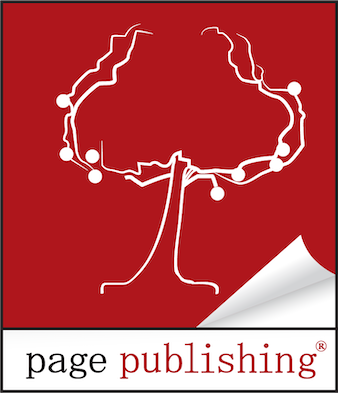
Plot Development Series – Developing Subplots to Maintain Momentum

When crafting a compelling story, the main plot often takes center stage, driving the narrative forward. However, subplots play a crucial role in enriching the story, deepening character development, and maintaining momentum. A well-crafted subplot can add layers to your narrative, keep readers engaged, and enhance the overall impact of your story. In this installment of the Plot Development Series, we’ll explore how to develop effective subplots that complement your main plot and keep the story moving.
What Is a Subplot?
A subplot is a secondary storyline that runs parallel to the main plot. While it may not be the primary focus of the story, a good subplot supports the main narrative, offering additional context, exploring different themes, and developing characters in ways the main plot might not. Subplots can range from romantic entanglements and personal struggles to side adventures or secondary conflicts.
Why Are Subplots Important?
Subplots serve several essential functions in a story:
- Character Development: Subplots allow for deeper exploration of secondary characters or even facets of the protagonist that the main plot might not address. They can reveal backstories, motivations, and personal growth.
- Thematic Depth: Subplots can introduce and explore secondary themes that complement the main theme of the story, adding richness and complexity to the narrative.
- Maintaining Momentum: A well-timed subplot can keep the pacing dynamic. By switching focus from the main plot to a subplot, you give readers a break from the central narrative while still keeping them engaged.
- Creating Tension and Suspense: Subplots can introduce new conflicts or complications that increase tension, keeping readers on their toes and eager to see how everything will resolve.
- World-Building: Subplots can expand the story’s world, introducing new locations, cultures, or systems that add depth to the setting and make the fictional universe feel more real.
How to Develop Effective Subplots
Creating a subplot that truly enhances your story requires careful planning and consideration. Here are some tips to help you develop subplots that maintain momentum and enrich your narrative:
Ensure Relevance to the Main Plot
While subplots can introduce new elements, they should still relate to the main plot. A subplot that feels disconnected or irrelevant can distract readers and slow down the story. Consider how the subplot can intersect with the main plot, influence its outcome, or provide insight into key themes or characters.
Develop Subplots That Reflect or Contrast the Main Theme
Subplots are an excellent way to explore different facets of your story’s theme. For example, if your main plot deals with the theme of power, a subplot could explore the abuse of power or the pursuit of power in a different context. Alternatively, a subplot could contrast with the main theme, offering an opposing viewpoint or highlighting the complexity of the issue.
Give Subplots Their Own Arc
Just like the main plot, a subplot should have its own arc, including a beginning, middle, and end. It should introduce a conflict, build to a climax, and then resolve. This structure ensures that the subplot is satisfying in its own right and contributes to the overall momentum of the story.
Use Subplots to Develop Secondary Characters
Subplots provide an opportunity to flesh out secondary characters who might not get much attention in the main plot. By giving these characters their own storylines, you can make them more three-dimensional and show how they grow and change over the course of the narrative.
Balance the Subplot with the Main Plot
It’s important to strike the right balance between the subplot and the main plot. The subplot should enhance the main narrative, not overshadow it. Pay attention to pacing, ensuring that you don’t spend too much time away from the main plot, which could cause the story to lose focus or momentum.
Weave Subplots Seamlessly into the Narrative
Integrate your subplot into the main storyline so that it feels like a natural part of the narrative. Subplots can be introduced through the actions of secondary characters, unexpected events, or as a direct consequence of the main plot. The key is to ensure that the subplot doesn’t feel like an afterthought but rather an integral part of the story.
Resolve Subplots in a Satisfying Way
Just as the main plot needs a resolution, so do subplots. Make sure that by the end of your story, all subplots are tied up in a way that feels complete and satisfying to the reader. The resolution of a subplot can also contribute to the climax or conclusion of the main plot, adding layers of meaning and emotional impact.
Final Thoughts
Subplots are more than just side stories; they are powerful tools that can add depth, complexity, and momentum to your narrative. By carefully crafting subplots that complement your main plot, you can keep readers engaged, create a richer story world, and develop well-rounded characters. Remember, the key to a successful subplot is ensuring that it enhances and supports the main narrative, rather than distracting from it. With the right balance and integration, subplots can elevate your story from good to great.





